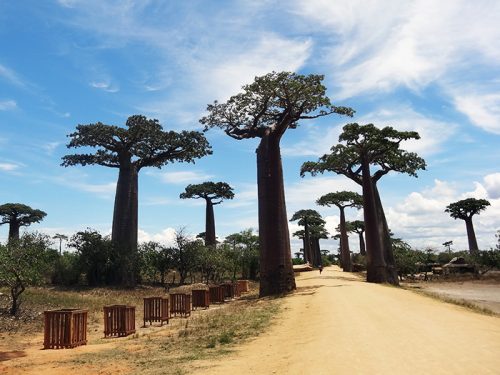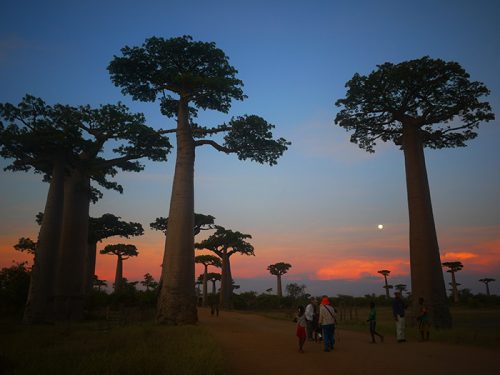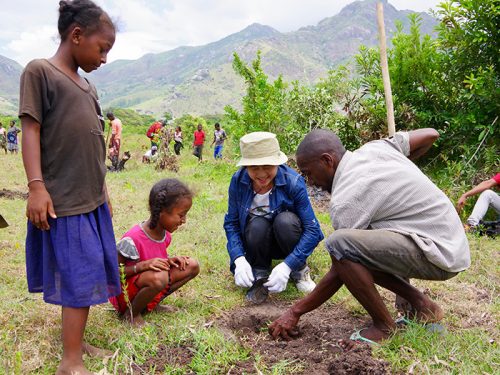The Mysterious Baobab Trees, Part 1 (Ehoala: Madagascar)
2020/9/24
To Madagascar, a treasure chest of endemic species
Madagascar, the world’s oldest island nation, is located in the east of the African continent. It used to be part of the continent of Gondwana which once existed in the Southern Hemisphere but split with the Indian subcontinent about 160 million years ago, and then separated from the Indian subcontinent 88 million years ago. On this isolated island, a wide variety of creatures have gone through unique evolution paths over a daunting number of years. The scale of this can be seen from the fact that the Galapagos Islands, the place which inspired evolution theory, was created about 50 million years ago. Embark on a journey around Madagascar, the oldest island on earth with a deep history of life.

The amazing scenery of baobabs
Madagascar is home to many rare creatures and endemic species. About half of the chameleon species found around the world, and most species of lemurs can be seen on the island. The baobab trees symbolize Madagascar’s incredible nature. Because they have a peculiar appearance as if they were rooted in the sky, they are also called “upside down trees”, and it is said that these trees are hundreds to thousands of years old. The Baobab Highway, with its 50 meters long and 15 meters in diameter, is full of giant baobab trees on both sides of the dirt road. This spectacular sight is one of Madagascar’s most iconic scenic spots.

Baobab trees also appear in Saint-Exupery’s novel The Little Prince. In the story, it is depicted as a bad plant that destroys stars and is considered to symbolize negative emotions. However, the actual baobab trees are full of vitality and remind the viewer of positive emotions. Since the beginning, you can feel the power and greatness of nature by looking at the magnificent landscape that stretches straight toward the heavens. The scenery of the Baobab Highway is overwhelming at any time, but the most beautiful time is before sunset. The fantastic panorama of the beautiful sunset and the huge trees in the wide sky is a special sight that can only be seen here.

Originally, baobabs only grew in the forest. It is hard to believe that despite its appearance, the Baobab Highway was once a forest. However, as the population increased, people cultivated forests for their livelihoods, and the area was transformed into fields. As Baobab trees store a large amount of water in their trunks, they can survive in arid environments, and even survived when the forest was burnt down. The sight of “only” giant baobab trees lined up is beautiful as a landscape but distorted as an ecosystem. Peace Boat also runs a programme to plant baobab seedlings with the local community: Passing down the irreplaceable nature to future generations—listening to the voice of the earth through the tree-planting experience.
